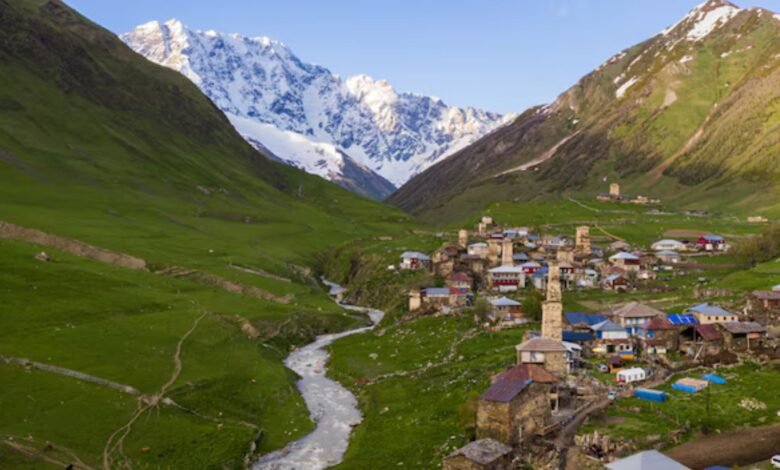Kazak: An Exploration of Culture, History, and Significance

The term “Kazak” can refer to various contexts, from an ethnic group in Central Asia to a specific type of traditional carpet. This article delves into the rich tapestry of Kazak culture, history, and its importance in contemporary society. By exploring the origins, traditions, and contributions of the Kazak people, we can better appreciate their significance in the global landscape.
What Does “Kazak” Mean?
Definition and Etymology
The word “Kazak” has its roots in the Turkic language family, often meaning “free man” or “adventurer.” Historically, it has been associated with a nomadic lifestyle, embodying independence and resilience.
The Kazak People
The Kazak people are primarily found in Kazakhstan, but significant populations also reside in neighboring countries such as Russia, China, and Mongolia. They are known for their rich cultural heritage, including music, dance, and art.
Historical Overview
Origins of the Kazak People
The Kazaks trace their ancestry back to various Turkic tribes that roamed the steppes of Central Asia. Over centuries, they formed alliances, engaged in trade, and established a unique cultural identity.
The Kazak Khanate
In the 15th century, the Kazak’s Khanate emerged as a significant political entity. This confederation of tribes played a vital role in regional politics and culture until it fell under Russian influence in the 18th century.
Modern History
The 20th century brought significant changes to Kazakhstan, especially during the Soviet era. Following the dissolution of the Soviet Union in 1991, Kazakhstan gained independence, leading to a revival of Kazak’s culture and identity.
Kazak Culture
Language and Literature
The Kazak’s language is part of the Kipchak branch of the Turkic language family. Traditional oral literature, including epic poetry and storytelling, has been a cornerstone of Kazak’s cultural heritage. Notable works include the “Kyz Zhibek” epic, which tells the tale of love and bravery.
Traditional Music and Dance
Kazak’s music is characterized by its use of traditional instruments such as the dombra and kobyz. Folk songs often celebrate themes of nature, love, and heroism. Traditional dances are vibrant and expressive, reflecting the nomadic lifestyle of the Kazak’s people.
Cuisine
Kazak’s cuisine is rich and diverse, featuring dishes such as beshbarmak (boiled meat served with pasta) and kuyrdak (fried organ meats). Dairy products, especially fermented ones like kymyz (mare’s milk), are staples in the Kazak’s diet.
The Kazak Carpet
History and Craftsmanship
Kazak’s carpets are renowned for their intricate designs and vibrant colors. These carpets, traditionally woven by Kazak’s women, often feature geometric patterns and motifs that hold cultural significance.
Symbolism in Design
Each design element in Kazak’s carpets carries meaning. Common motifs include animals, plants, and symbols representing protection and prosperity. The craftsmanship involved in creating these carpets is a testament to the skill and artistry of Kazak’s weavers.
Contemporary Significance
Today, Kazak’s carpets are appreciated not only for their beauty but also for their cultural significance. They are sought after by collectors and are often used in home decor, preserving the rich traditions of Kazak’s craftsmanship.
The Role of Kazak Identity Today
Cultural Revival
Since gaining independence, there has been a resurgence in Kazak’s cultural pride. Efforts to promote the Kazak’s language, traditions, and arts have gained momentum, fostering a renewed sense of identity among the Kazak’s people.
Influence in Modern Society
Kazak’s artists, musicians, and writers are increasingly gaining recognition both locally and internationally. Festivals celebrating Kaza’sk culture have become popular, drawing attention to the country’s rich heritage.
The Kazak Diaspora
The Kazak’s diaspora plays a vital role in maintaining cultural ties and promoting Kazak’s traditions worldwide. Communities in countries like Russia and China continue to celebrate their heritage, ensuring that Kazak’s culture thrives beyond its geographical borders.
Conclusion
The Kazak people and their culture embody a rich history and vibrant traditions that contribute significantly to the cultural mosaic of Central Asia. From their nomadic origins to their contemporary resurgence, the Kazak’s have shown resilience and adaptability. Their contributions to music, art, and literature continue to inspire and enrich the global community.
ALSO READ:How Infrastructure Design Impacts Accident Rates in Unexpected Ways
FAQs
- What does the term “Kazak” refer to?
- “Kazak” can refer to the ethnic group from Kazakhstan, a traditional carpet style, or a historical term meaning “free man.”
- What are some traditional Kazak dishes?
- Notable Kazak’s dishes include beshbarmak (boiled meat with pasta) and kuyrdak (fried organ meats).
- What is the significance of Kazak carpets?
- Kazak’s carpets are known for their intricate designs and vibrant colors, reflecting cultural motifs and traditional craftsmanship.
- How has Kazak culture changed since independence?
- Since gaining independence in 1991, there has been a revival of Kazak’s cultural practices, language, and arts.
- What role does the Kazak diaspora play in preserving culture?
- The Kazak’s diaspora helps maintain cultural ties and traditions globally, celebrating their heritage through community events and festivals.
